#Edward Malindine
Text
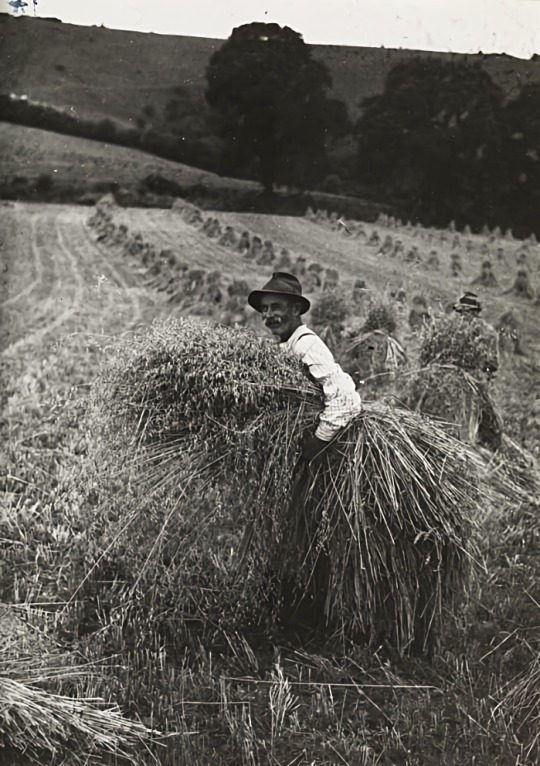
Farmworker bringing in the harvest, Sussex, England, ca. 1937 - by Edward Malindine (1906 - 1970), UK
132 notes
·
View notes
Text
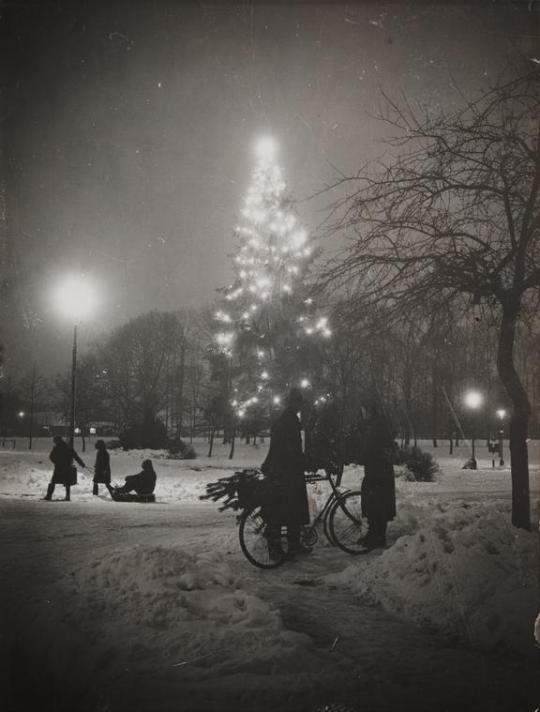
Edward G Malindine. Christmas tree. Denmark in Welwyn Garden City, Hertfordshire. 1938
#edward g malindine#black and white#photography#vintage#street photography#denmark#art#history#black and white photography#vintage photography#1930s
455 notes
·
View notes
Text
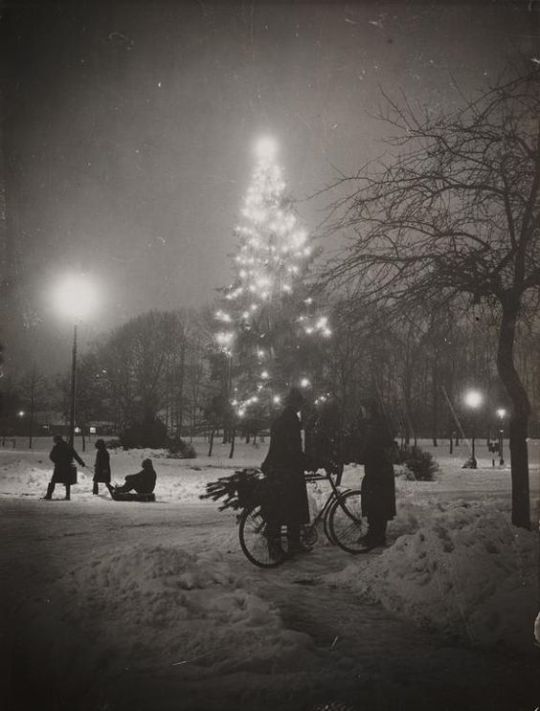
Edward G Malindine. Christmas tree. Denmark in Welwyn Garden City, Hertfordshire. 1938
50 notes
·
View notes
Text

Edward G. Malindine • The Christmas tree, Denmark, 1938
71 notes
·
View notes
Text

Jean Knox, directrice de l'Auxiliary Territorial Service (ATS) – Angleterre – 1941-1943
Photographe : Lieutenant E.G. Edward Malindine - War Office official photographer
©Imperial War Museums - TR 458
Jean Knox a été directrice de l'Auxiliary Territorial Service (ATS) de juillet 1941 à octobre 1943. L'ATS était la branche féminine de l'armée britannique. Créé le 9 septembre 1938, l'ATS était organisé comme un service volontaire de femmes. L'organisation a été remplacée par le Women's Royal Army Corps le 1er février 1949.
#WWII#Les femmes et les hommes de la guerre#Women and men in war#Jean Knox#Auxiliary Territorial Service#ATS#Angleterre#England#1941#1942#1943
12 notes
·
View notes
Photo

George Edward Malindine. Fog in London. 1936.
111 notes
·
View notes
Photo
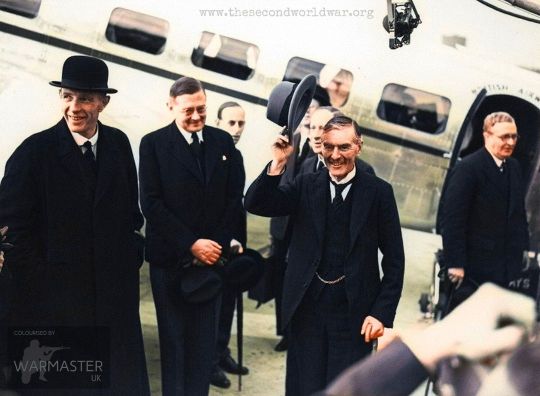
British Prime Minister Neville Chamberlain in an optimistic mood, after landing at Heston Aerodrome following talks with German Leader Adolf Hitler during the Munich Crisis of 1938. The Munich Crisis was a major diplomatic confrontation between Germany, Britain, France, and Czechoslovakia over the Sudetenland, a region of Czechoslovakia with a large German population. Adolf Hitler demanded that the Sudetenland be annexed by Germany, and threatened to invade if his demands were not met. The crisis came to a head at a meeting in Munich on the 29th September 1938, where British Prime Minister Neville Chamberlain agreed to Hitler's demands, believing that by ‘appeasing’ Hitler, he could avoid a war and achieve "peace for our time." However, many historians now view Chamberlain's appeasement policy as a mistake, as it failed to prevent Germany from becoming more aggressive and ultimately led to the outbreak of war. Nonetheless, Chamberlain's actions during the Munich Crisis demonstrate the difficult decisions and moral complexities that leaders face in times of crisis. Original photo by Edward Malindine, for Daily Herald #secondworldwar #ww2 #worldwartwo #worldwar2 #war #history #militaryhistory #military #colourised #colorized #colourisedhistory #colorizedhistory #color #colour #colorizedhistoricalphotos #colorization #colourisation #retro #goodolddays #classic #goldenoldies #colorizedphoto #colourisedphoto #appeasement #munich #britain #germany #interwar https://www.instagram.com/p/CpleHAdKa9o/?igshid=NGJjMDIxMWI=
#secondworldwar#ww2#worldwartwo#worldwar2#war#history#militaryhistory#military#colourised#colorized#colourisedhistory#colorizedhistory#color#colour#colorizedhistoricalphotos#colorization#colourisation#retro#goodolddays#classic#goldenoldies#colorizedphoto#colourisedphoto#appeasement#munich#britain#germany#interwar
0 notes
Photo
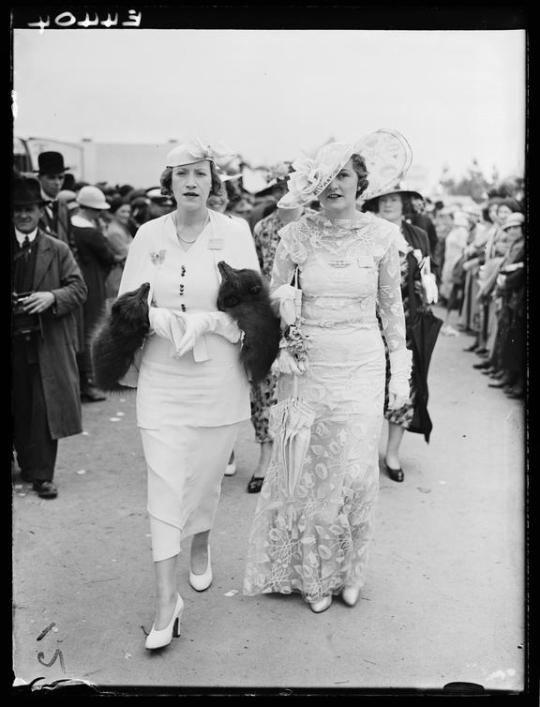
Two women attending Ascot.
1935, United Kingdom, Edward George Malindine.
43 notes
·
View notes
Text

Ph. Edward G. Malindine, Christmas tree, Denmark in Welwyn Garden City, Hertfordshire, 1938
71 notes
·
View notes
Photo
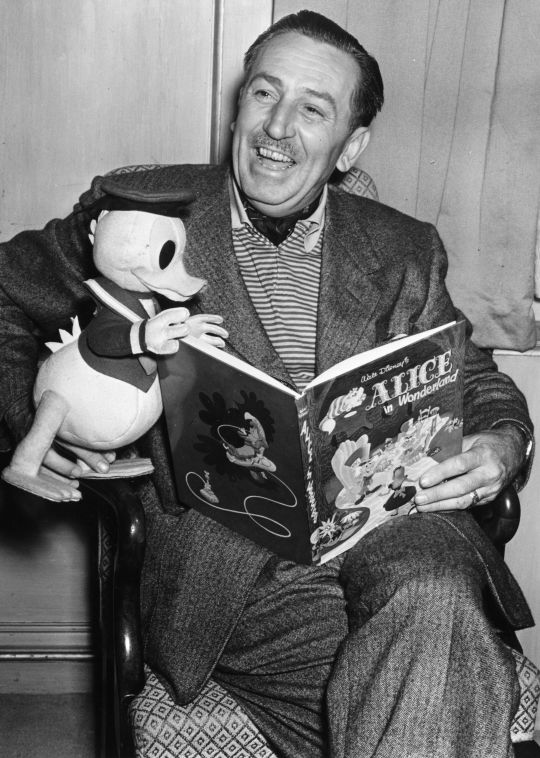
22nd June 1951: Creator of Mickey Mouse Walt Disney (1901-1966) arrives in London to see the premiere of his latest film. He holds a model of his character Donald Duck whilst looking at a copy of the Walt Disney book of the new film ‘Alice In Wonderland’.
(Photo by Edward G. Malindine/Topical Press Agency/Getty Images)
19 notes
·
View notes
Photo

The countryman has a superior philosophic resignation to the order of things.
— Richard M. Weaver
160 notes
·
View notes
Text

George Edward Malindine. Fog in London. 1936
#george edward malindine#black and white#vintage#photography#street photography#black and white#black and white photography#vintage photography#art#history#1930s
689 notes
·
View notes
Photo

Sun bathers at the lido, 14 September 1934, Edward George Malindine, Daily Herald Archive, National Media Museum Collection
48 notes
·
View notes
Photo

#WW2: British and American troops join with residents of Courseulles-sur-Mer in Bastille Day ceremonies at the town’s War Memorial. Courseulles-sur-Mer was the first town in Normandy to be liberated by the Allies.🇫🇷🇺🇸🇬🇧 #books #ww2 #American #history #French #British #Allies 📷(Photographer: Edward Malindine. Source: Imperial War Museum; ww2db.com) #worldwar2 #France #amwriting #photography #goodreads #writersofinstagram #journals #nonfiction #biography #memoirs #wwii #veterans #womenshistory #supportourtroops #thankyouveterans #bookstagram 📚🇫🇷🇺🇸🇬🇧 https://www.instagram.com/p/CEkqYz8BRlR/?igshid=u35fucr1dt14
#ww2#books#american#history#french#british#allies#worldwar2#france#amwriting#photography#goodreads#writersofinstagram#journals#nonfiction#biography#memoirs#wwii#veterans#womenshistory#supportourtroops#thankyouveterans#bookstagram
0 notes
Photo

Sunbathers at Lido 1934
photo by Edward George Malindine
73 notes
·
View notes
Photo


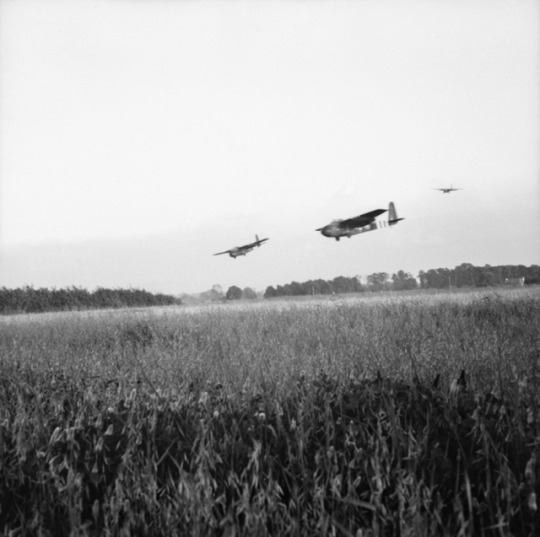

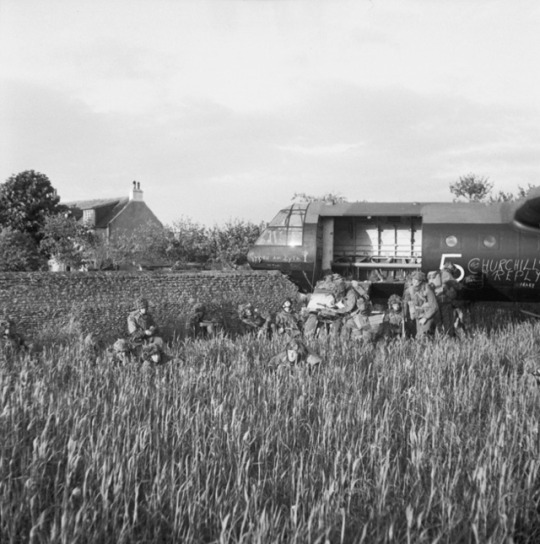
Photo 1: In this photo, the British Paratroopers of the 6th airborne division wrote messages on their Horsa MK 1 glider before climbing in and being dropped into occupied France on D-Day (June 6, 1944). (The channel stopped you, but not us. Now it’s our turn. You had your time, you German winhunds?) This photo was taken by Capt. Edward G. Malindine, one of the War Office official photographers from 1940 to 1945 in Britain, France, and Northwest Europe, according to Bergen-Belsen.co.
Photo 2: Royal Air Force planes, towing gliders, are silhouetted in the light of dawn on D-Day over the English Channel.
Photo 3: Hamilcar gliders of the British 6th Airborne Division land near the town of Ranville, France, on June 6, 1944. These gliders are carrying Tetrarch light tanks to support the offensive operations of the airborne troops.
Photo 4: Horsa gliders that transported British airborne troops to their D-Day objective, (the bridge over the Caen Canal), lie broken in a field adjacent to the bridge. The glider pilots made their landings with pinpoint accuracy.
Photo 5: Glider troops of the 6th Airborne Division assemble near their wrecked glider in a field outside the town of Ranville. Moments earlier, the glider had careened through a stone wall during landing. Many of the casualties sustained by the glider troops were due to rough landings.
Most photos from here
32 notes
·
View notes